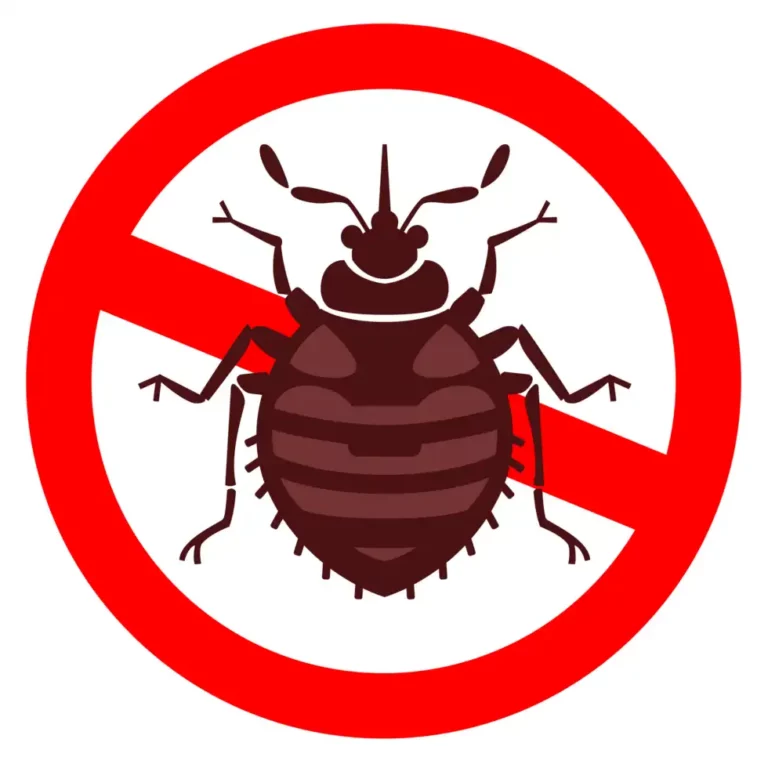How to Prevent Bed Bug Heat Treatment Damage?
Do you want to eliminate those pesky bed bugs that have invaded your home but worry about potential damage from heat treatments? You’re not alone! Fortunately, you can take several actions to guard against this treatment harm and guarantee a successful pest control procedure. Bed bug infestations can be a significant nuisance, and heat treatment is one of the most effective methods to eliminate them. This approach involves raising the temperature in your living space to a level lethal for bed bugs, ensuring comprehensive eradication.
Preventing damage during bed bug treatment in Sacramento is crucial, as improper handling can harm your property or belongings. While heat treatment is an effective method for eradicating bed bugs, it can pose some risks if not executed correctly. In this comprehensive guide, we’ll explore advice from professionals on how to prevent damage during bed bug heat treatments.

1. Preparation is Key:
Effective preparation is essential for successful bed bug removal in Sacramento, CA. Here are some steps to follow:
- Declutter: Remove unnecessary items from the treated area. The fewer belongings you have in the space, the easier it is to ensure they’re not damaged during the process.
- Protect Sensitive Items: Heat-sensitive items such as electronics, artwork, and musical instruments should be removed or adequately protected. Consult with bed bug professionals for specific advice on these items.
- Seal Food Items: To prevent spoilage, food should be removed or sealed in airtight containers.
- Cover Delicate Furniture: Items like leather or antique furniture should be covered with sheets or special heat-resistant covers.

2. Hire a Reputable Professional:
Hiring a reputable bed bug control professional with experience is the key to preventing damage during heat treatment. Look for the following qualities:
- Licensed and Certified: Ensure the pest control provider is licensed and certified to perform heat treatments.
- Experience: Choose a company with a track record of successful heat treatments.
- References: Read reviews from previous clients to gauge their reputation.
- Warranty: Inquire about any warranties or guarantees they offer for their services.
Say Goodbye to Bed Bugs
3. Assessment and Planning:
Before the treatment begins, the professionals should thoroughly assess your property. This includes:
- Identifying Problem Areas: Pinpointing the areas with the most significant bed bug activity and focusing on the treatment there.
- Understanding Your Property: Assessing the layout and any unique features of your property that might affect the treatment.
- Determining the Right Temperatures: The professionals should know the specific temperature range needed to kill bed bugs and their eggs without causing damage.
4. Monitor Temperature:
During the heat treatment, it’s crucial to monitor the temperature constantly. This ensures it remains within the range required for effective bed bug elimination while preventing overheating. Professionals use specialized equipment to control and monitor the temperature accurately.
5. Insulation and Sealing:
Properly insulating and sealing the treatment area is essential. Here’s what you need to know:
- Sealing Cracks and Crevices: To prevent bed bugs from escaping or seeking refuge in untreated areas, all cracks and crevices must be sealed.
- Proper Insulation: Adequate insulation ensures that the heat is distributed evenly throughout the treatment area, eliminating cold spots where bed bugs could survive.

6. Protecting Electronics and Sensitive Items:
Electronics and heat-sensitive items require special attention. The following steps can help safeguard them:
- Consult Professionals: Seek advice from bed bug experts on how to protect electronics. They may recommend removal or special shielding.
- Heat-Safe Containers: Use heat-safe containers for important documents, sensitive materials, and heat-sensitive belongings.
7. Post-Treatment Inspection:
After the heat treatment is completed, professionals should conduct a thorough inspection to ensure that all bed bugs and eggs have been eradicated. This minimizes the risk of re-infestation.
8. Follow-Up Procedures:
To maintain a bed bug-free environment, consider the following post-treatment procedures:
- Monitor for Re-infestation: Regularly inspect your property for any signs of bed bug activity.
- Sealing Entry Points: Identify and seal any potential entry points for bed bugs.
- Educate Yourself: Learn how bed bugs are introduced into homes and educate yourself on prevention measures.
9. Communication with Pest Control Company:
Open and clear communication with your pest control professionals is vital. Ensure you understand the process, potential risks, and how to prepare for the treatment adequately.
10. Damage Liability:
While heat treatments are generally safe for most items, accidents can happen. Reputable pest control companies typically have insurance to cover accidental damage during treatment. Ensure you discuss liability and compensation procedures before the treatment begins.

11. Follow Guidelines:
Always follow the recommendations provided by the pest control professionals. They are trained to ensure the safety of your property and belongings during heat treatment.
In conclusion, preventing damage during a bed bug heat treatment is achievable with careful preparation, selecting a reputable pest control professional, and open communication. When executed correctly, heat treatments can effectively eliminate bed bugs without causing harm to your property or belongings. Remember to consult with experts, follow their guidance, and take the necessary precautions to safeguard your valuables.







